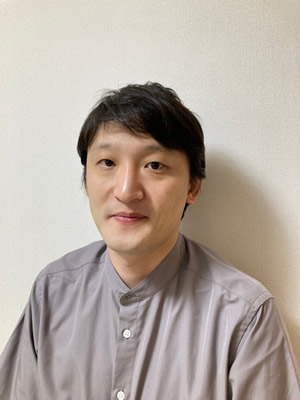 The 20th Asia Pacific Research Prize (Iue Prize) winner: Dr. Seitaro Namba
The 20th Asia Pacific Research Prize (Iue Prize) winner: Dr. Seitaro Namba
Title of Dissertation: “ The Conflict between Socialism and Neutralism in Laos: The Liberated Zone's Plurality in the Most Peripheral Area of the Socialist Camp during the Detente Era (1945-1975) ”

- Dr. Seitaro Namba
-
- Career -
Seitaro Namba is a research fellow of the Institute of Developing Economies, Japan External Trade Organization (IDE-JETRO). After graduating from the Faculty of Foreign Studies, Tokyo University of Foreign Studies in 2010, he received M.A. in 2012 and Ph.D. in 2020, both from the Graduate School of Area and Culture Studies, Tokyo University of Foreign Studies. He was a research fellow of Japan Society for the Promotion of Science (DC2), a part-time researcher of the National Diet Library, a part-time analyst of the Ministry of Foreign Affairs, and a research associate of IDE-JETRO.
- Summary -
On December 2, 1975, the Kingdom of Laos was dismantled, and the Lao People’s Democratic Republic (LPDR) was established. Subsequently, the Lao People’s Revolutionary Party (LPRP)-the Marxist-Leninist party-took power. However, the one-party system was not established at the time because there were politicians who were not LPRP members. Notably, some of the Patriotic Neutralist Forces (PNF), which were not socialist forces, took the seats of ministers. This paper analyzes the history of revolutionary movements of the LPRP, focusing on the relationship between the LPRP and other forces. The paper aims to reevaluate the situation of political plurality right after the Laotian Revolution.In the socialist camp during the Cold War, political plurality tended to be suppressed by major powers such as the Soviet Union or the People’s Republic of China. However, detente had already begun when the LPRP was formed in 1955, and the LPRP was the most peripheral socialist force which was minimally influenced by major socialist powers. The Democratic Republic of Vietnam, which formed the “special relationship” with the LPRP, also didn’t emphasize the task to realize the one-party system in Laos.
During the revolutionary movement, the LPRP ruled the Liberated Zone in the Kingdom of Laos and built a quasi-state there. Although previous studies have presented the Liberated Zone as a one-party-ruled area of the LPRP, the PNF and the LPRP governed it together and the PNF ruled its own area in the zone. Even when the LPDR was established in the late 1975, the partnership between the PL and the PNF remained unbroken. Therefore, the Lao Revolution was not a socialist revolution but a patriotic revolution. In conclusion, political pluralism was maintained in the LPDR during its establishment.






